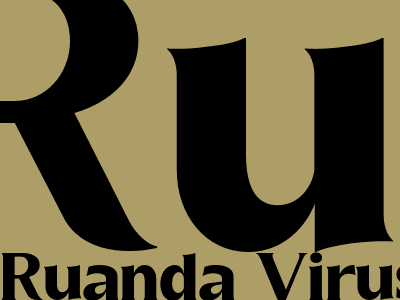Ruanda Virus: An Overview
What is Ruanda Virus?
Ruanda virus (RUV) is a member of the family Orthomyxoviridae, which is named after its Orthomyxo antagonists. The virus is a zoonotic virus, meaning it can be transmitted from animals to humans. It is primarily found in bats, but can also infect other animals such as monkeys, apes, and pigs.
The virus was first discovered in 1947 in Ruanda, Africa. Since then, it has been found in other parts of Africa, Asia, and Europe.
Clinical Symptoms
Symptoms of Ruanda Virus
The symptoms of RUV are similar to those of other viral respiratory infections, such as influenza. These symptoms can include:
- Fever
- Chills
- Muscle aches
- Headache
- Fatigue
- Cough
- Sore throat
- Runny nose
- Sneezing
In severe cases, RUV can lead to pneumonia, acute respiratory distress syndrome (ARDS), and death.
Transmission
How Ruanda Virus Spreads
RUV is spread through contact with respiratory droplets from an infected person or animal. These droplets can be spread through coughing, sneezing, or talking. The virus can also be spread through contact with contaminated surfaces or objects.
Treatment
Treatment for Ruanda Virus
There is no specific treatment for RUV. Treatment is supportive and includes measures to relieve symptoms and prevent complications.
- Rest
- Fluids
- Pain relievers
- Antiviral medication
Prevention
How to Prevent Ruanda Virus
There is no vaccine to prevent RUV. The best way to prevent infection is to avoid contact with infected people or animals. Other preventive measures include:
- Washing hands frequently with soap and water
- Avoid touching the face
- Covering the mouth and nose when coughing or sneezing
- Staying home when sick
- Getting vaccinated against influenza

Komentar